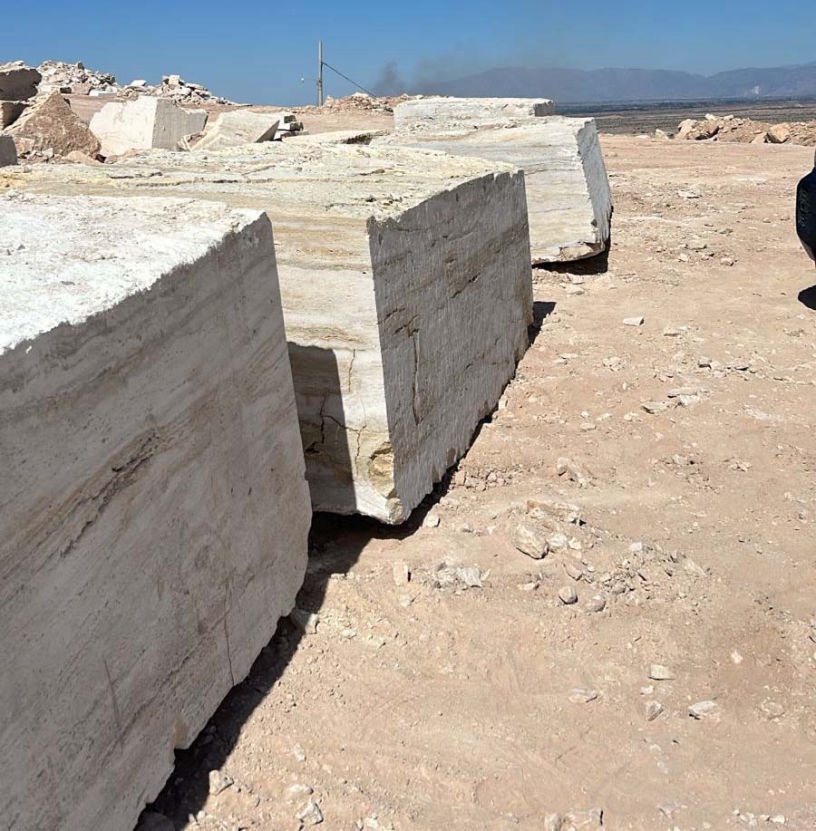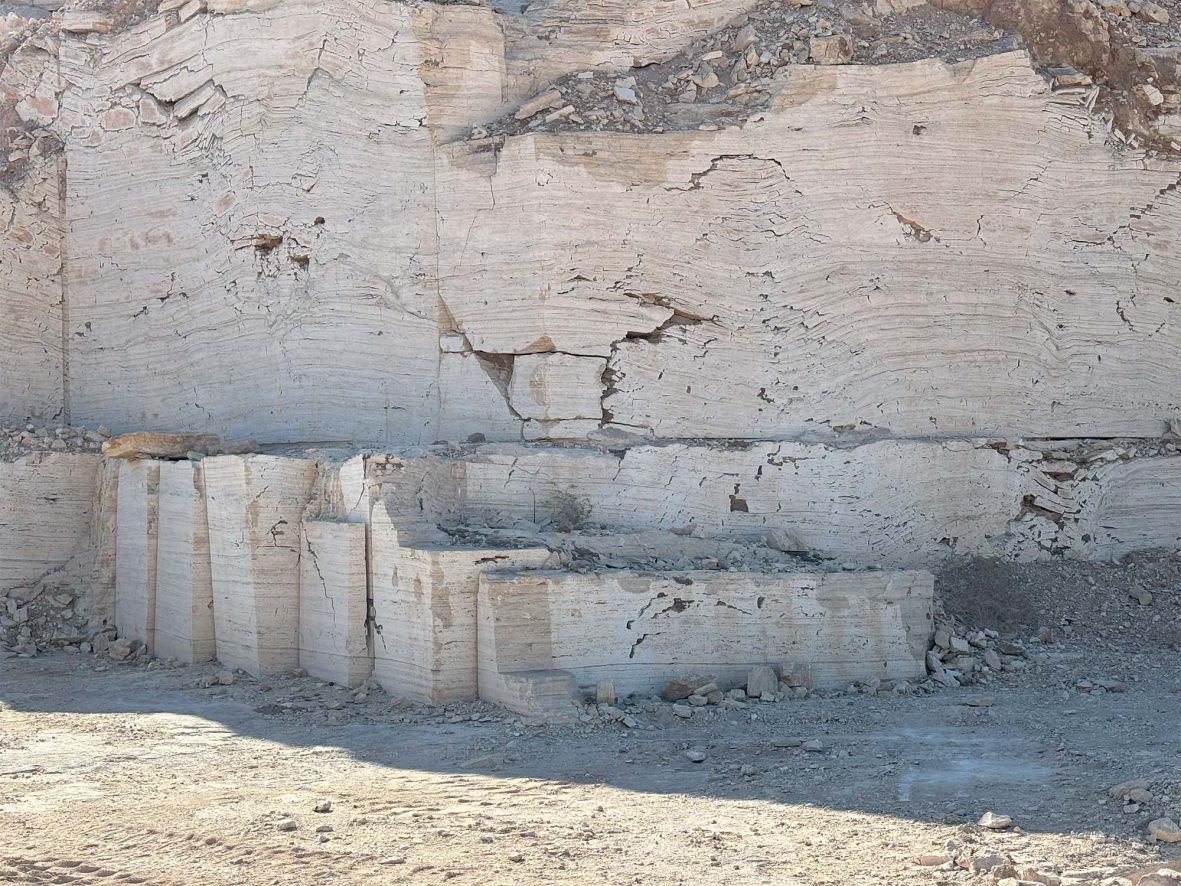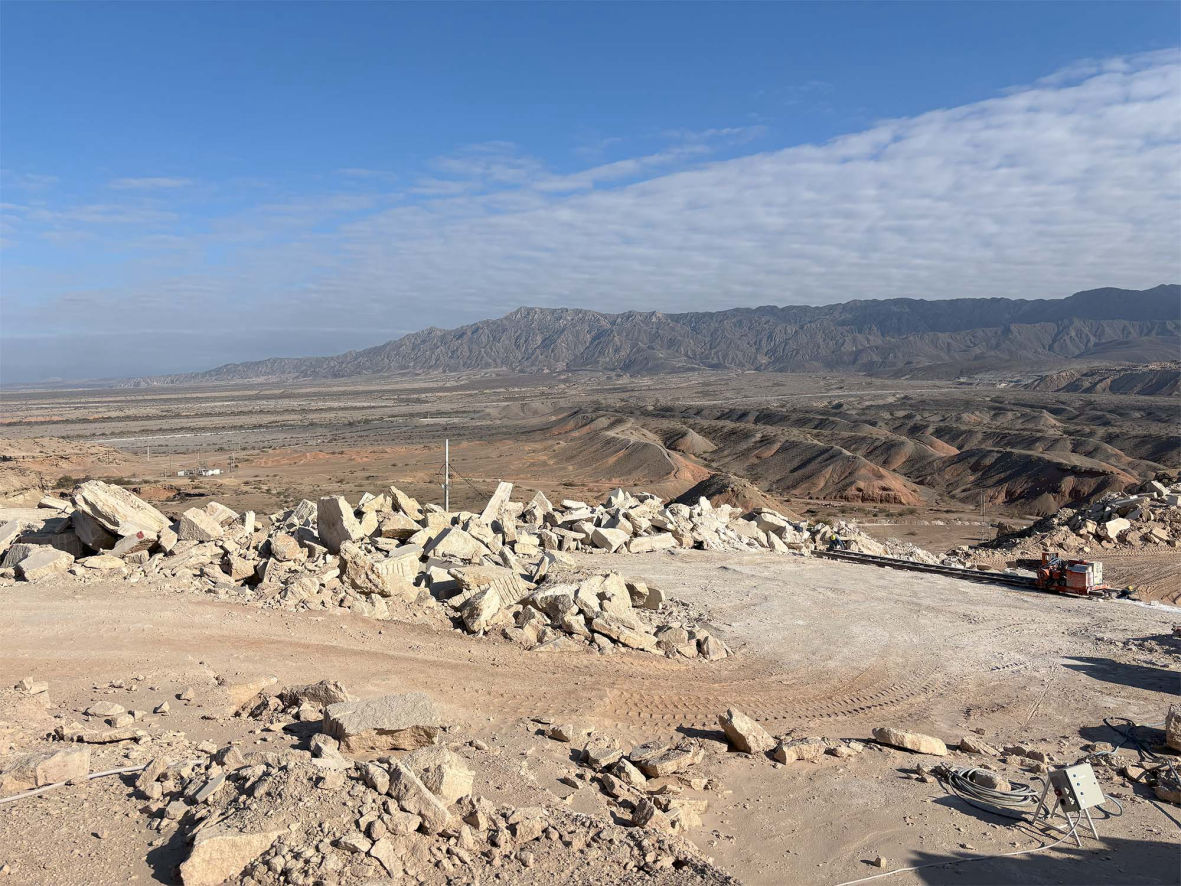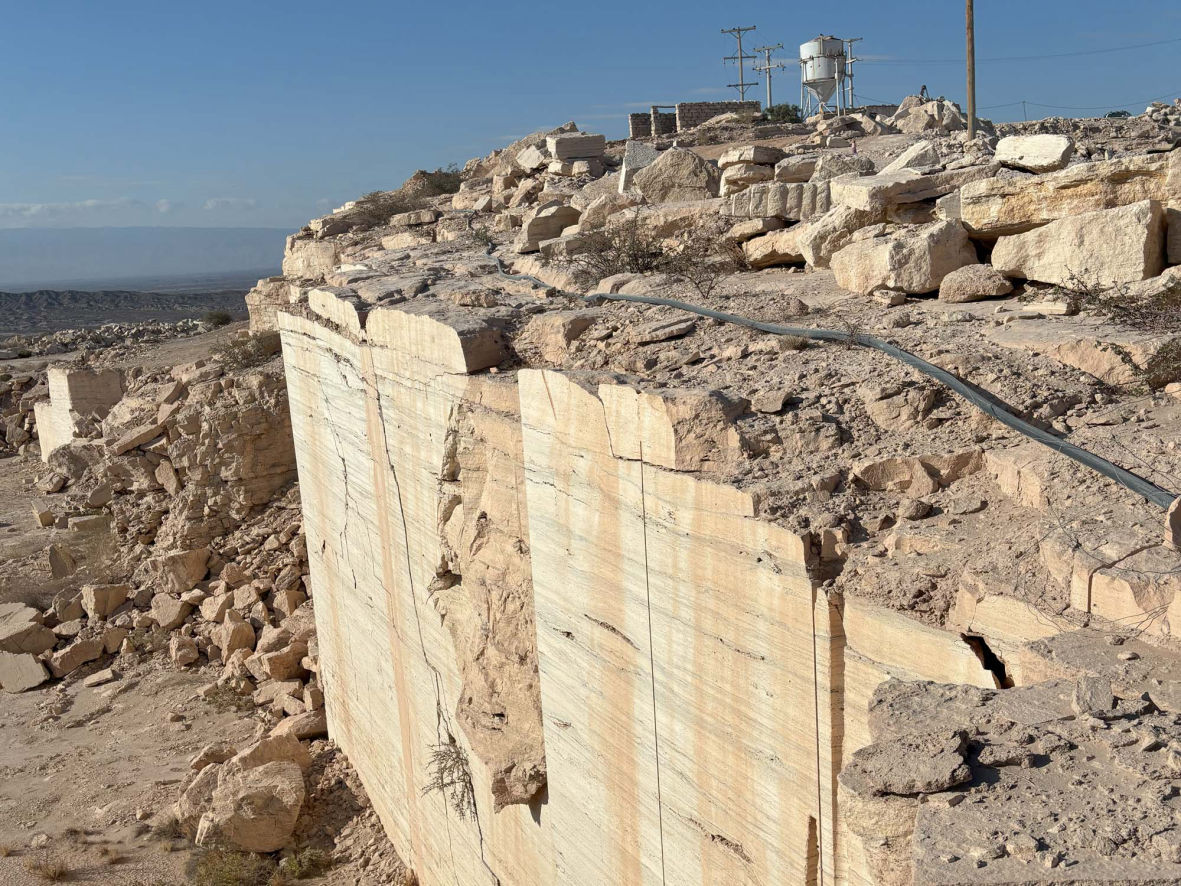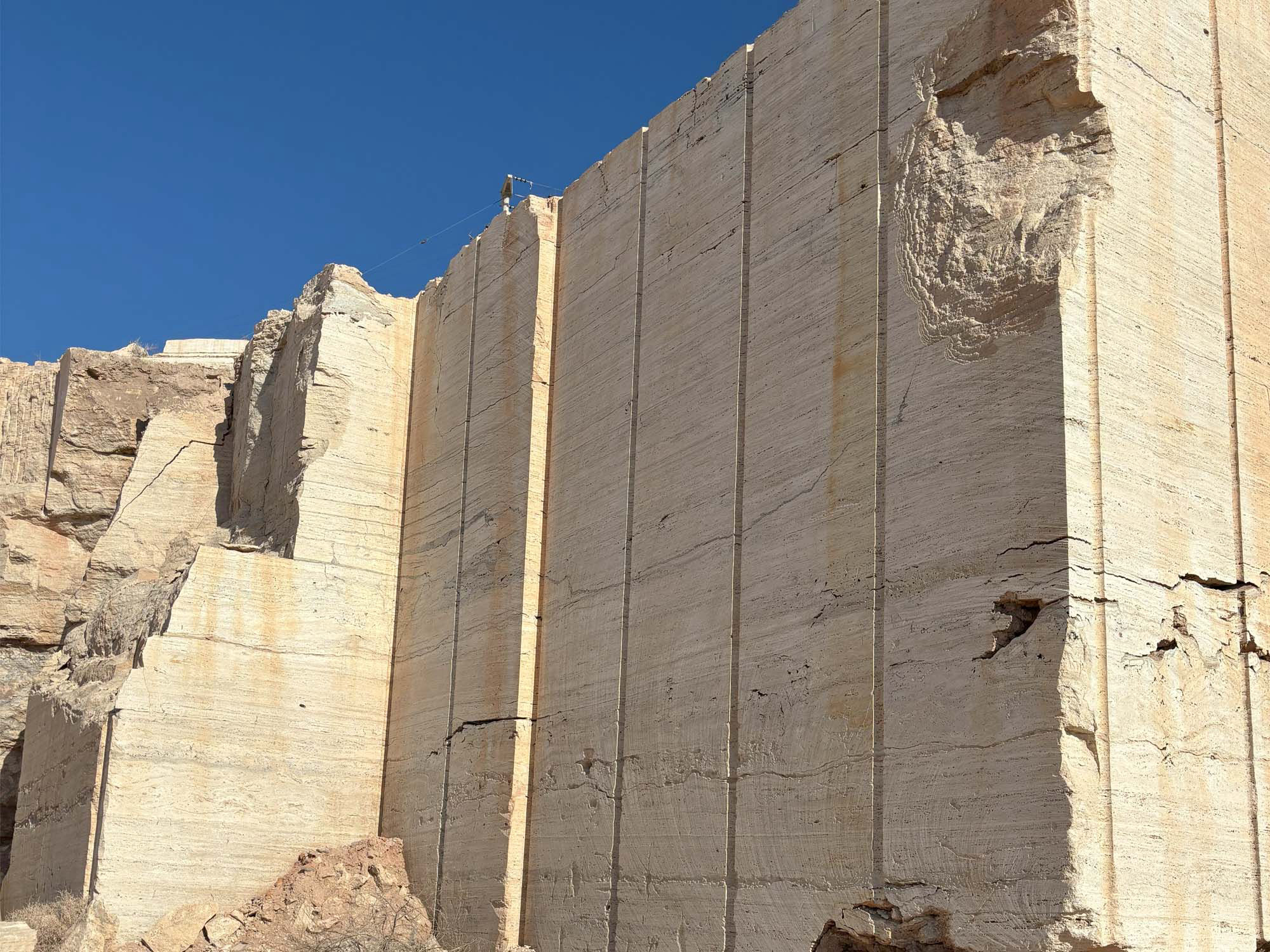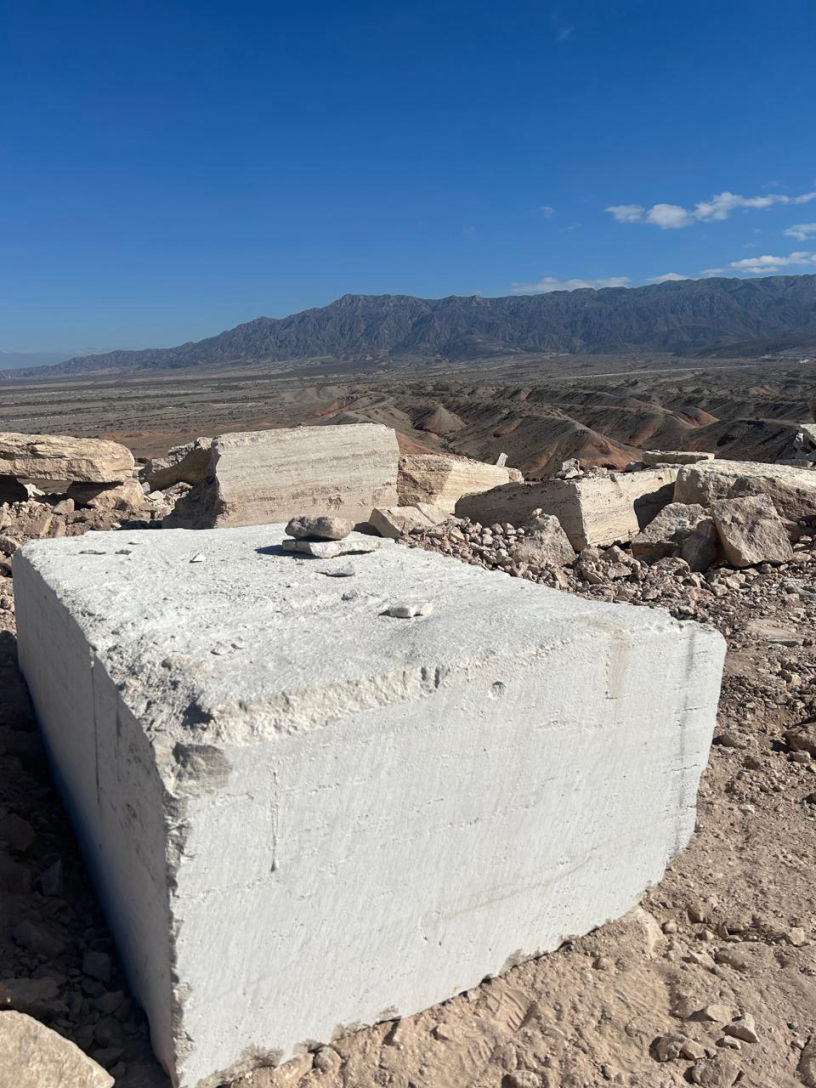Andean Travertine stands out for its unique and exceptionally light tone within the range of beige travertines available on the market, arousing the interest of potential buyers and architects.
High Hardness and Low Porosity
Its geological characteristics indicate high hardness and low porosity, making it a durable and resistant material.
Athermal
The material does not retain the heat it receives, being suitable for use in coverings for outdoor areas such as patios, swimming pools, fireplaces and fireplace coverings.
Non-slip: In its raw form, the material is non-slip, being ideal for areas such as swimming pools, stairs and bathrooms, ensuring elegance and safety.
Maintenance
Easy Cleaning: It can be cleaned with a damp cloth or products specific to the material, such as those from the Fila brand.
Versatility in Design
Andean Travertine is extremely versatile and can be used in a variety of applications. In addition to flooring and cladding, it is ideal for creating custom mosaics, allowing for unique configurations that add an artistic and exclusive touch to projects. Its durability and resistance make it the ideal choice for residential and commercial projects seeking a touch of sophistication.
Cost and Affordability
The cost of Andean Travertine is significantly more affordable compared to travertine imported from Italy, due to lower transportation costs. Tommaso Stone is dedicated to making Andean Travertine accessible to all architects in Brazil, offering an economical and high-quality alternative.
Regional Development
By choosing Andean Travertine, you are contributing to the development of the Latin American market, rather than the European one. This not only promotes regional economic growth but also shares value with local communities. The extraction of travertine in San Juan helps to develop the community and families that are directly linked to the extraction of ornamental stone.
